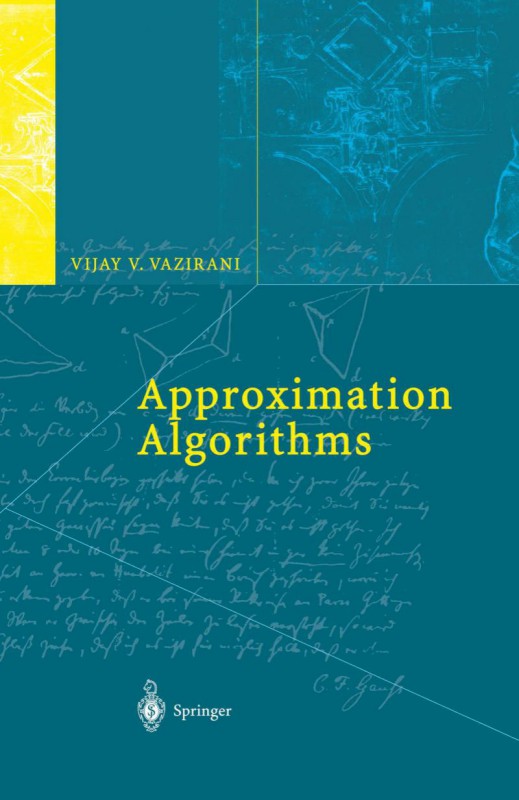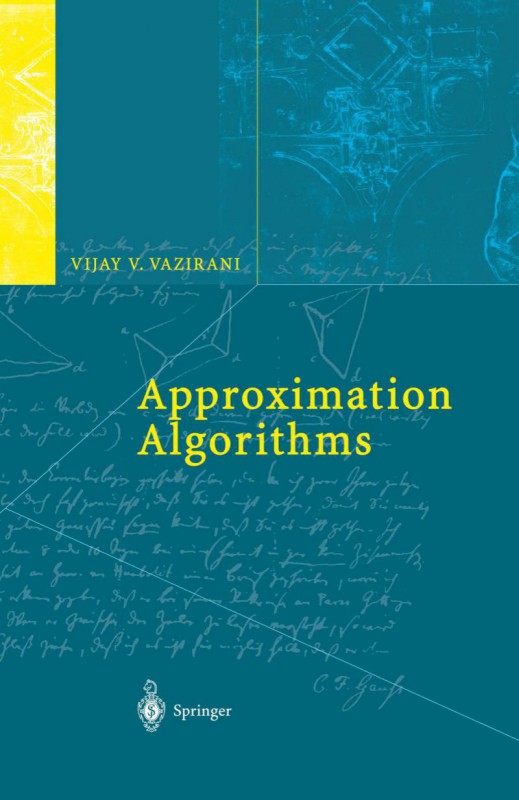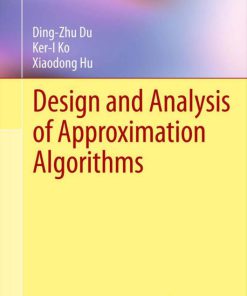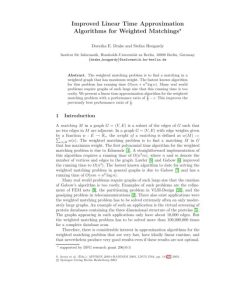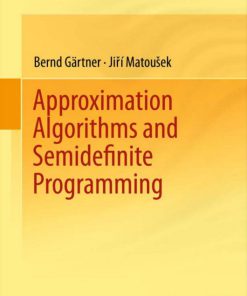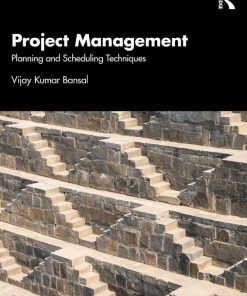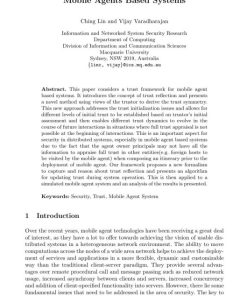Approximation Algorithms 1st Edition by Vijay Vazirani ISBN 9783662045657 3662045656
Original price was: $50.00.$25.00Current price is: $25.00.
Authors:Vijay V. Vazirani , Series:IT & Computer [201] , Tags:Computers; Computer Science; Programming; Algorithms; Data Science; General; Business & Economics; Operations Research; Mathematics; Combinatorics; Information Technology; Discrete Mathematics , Author sort:Vazirani, Vijay V. , Ids:Google; 9783662045657 , Languages:Languages:eng , Published:Published:Mar 2013 , Publisher:Springer Science & Business Media , Comments:Comments:Although this may seem a paradox, all exact science is dominated by the idea of approximation. Bertrand Russell (1872-1970) Most natural optimization problems, including those arising in important application areas, are NP-hard. Therefore, under the widely believed con jecture that P -=/= NP, their exact solution is prohibitively time consuming. Charting the landscape of approximability of these problems, via polynomial time algorithms, therefore becomes a compelling subject of scientific inquiry in computer science and mathematics. This book presents the theory of ap proximation algorithms as it stands today. It is reasonable to expect the picture to change with time. This book is divided into three parts. In Part I we cover combinato rial algorithms for a number of important problems, using a wide variety of algorithm design techniques. The latter may give Part I a non-cohesive appearance. However, this is to be expected – nature is very rich, and we cannot expect a few tricks to help solve the diverse collection of NP-hard problems. Indeed, in this part, we have purposely refrained from tightly cat egorizing algorithmic techniques so as not to trivialize matters. Instead, we have attempted to capture, as accurately as possible, the individual character of each problem, and point out connections between problems and algorithms for solving them.

